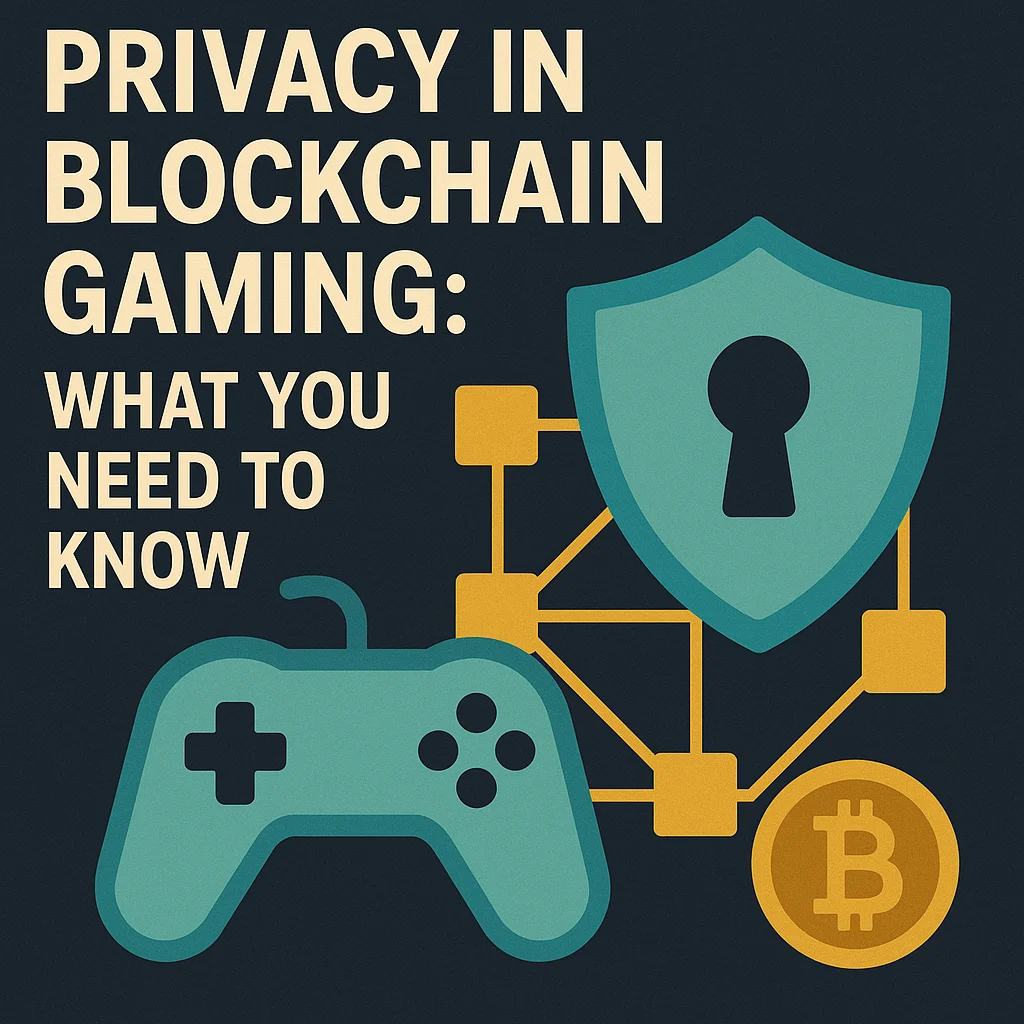In the hyperconnected world of today, email is still a vital means of communication. However, because fraudsters are always looking for new ways to take advantage of weaknesses, it also confronts serious security risks, such as phishing and data breaches. Interest in using blockchain technology to protect email is growing along with privacy concerns. Blockchain technology, best known for its use in cryptocurrency, is finding new uses in email security by leveraging its decentralized, irreversible nature to offer strong defenses. This blog examines how email security is being impacted by blockchain technology and how digital communication is changing.
1. Understanding Blockchain Technology and Its Key Features
Let's start with the basics of blockchain in order to comprehend its significance in email security. Distributed ledger technology (DLT) in the form of blockchain stores data on a decentralized network of computers, or "nodes." Each block of data is cryptographically connected to the one before it, creating a secure "chain" that is hard to change after the fact.
The three main characteristics of blockchain that make it suitable for enhancing email security are:
-
Decentralization: Since data is dispersed among several nodes, centralized email systems are less susceptible to single-point failures.
-
Immutability: Tampering is prevented because once data is captured, it cannot be changed without a network-wide consensus.
-
Transparency with Privacy Controls: Tracking data integrity is made easier by blockchain's network transparency, which permits visibility while preserving privacy.
Because of these characteristics, blockchain is a desirable option for sectors looking to communicate securely, particularly as they deal with increasingly difficult cybersecurity issues.
2. Current Challenges in Email Security
Email is still a top target for cyberattacks despite improvements in cybersecurity and encryption techniques. Among the most prevalent vulnerabilities are:
-
Phishing: Attackers trick people into divulging private information, including credit card details or passwords, by sending them misleading emails.
-
Spam and Spoofing: Unwanted emails may pose as trustworthy senders in order to deceive receivers, or they may include dangerous content.
-
Man-in-the-Middle Attacks: Cybercriminals obtain sensitive information by intercepting emails while they are in route.
-
Data Breaches: Hackers frequently attack centralized email servers, which leads to widespread data dumps.
Blockchain offers solutions to many of these vulnerabilities, introducing new standards in secure communication that could make email safer and more trustworthy.
3. How Blockchain Can Improve Email Security
3.1 Decentralized Email Servers
The centralized servers used by traditional email systems concentrate all data in one place, making them a prime target for fraudsters. This is altered by the decentralized concept of blockchain, which disperses data throughout a network of nodes. Attackers find it much more difficult to compromise the entire email system when there isn't a single point of failure.
Since data in a blockchain-based email system is dispersed throughout the network, an attacker would not be able to access the entire dataset even if one node were compromised. One of the main reasons for blockchain's security advantages is its decentralized architecture.
3.2 Advanced Authentication Using Digital Signatures
Blockchain technology uses digital signatures that can be kept on a public ledger to improve sender authentication. Each sender is associated with a distinct digital signature through blockchain-based email authentication, which enables recipients to confirm their identity. By guaranteeing that only authenticated emails make it to the inbox, this stops spoofing and phishing attempts. Thus, blockchain-based authentication is an effective way to prevent fraud via email.
3.3 Immutability for Unalterable Records
Email records cannot be changed or removed once they are entered into the ledger due to blockchain's immutability. For sectors where data quality and auditability are essential, such as finance, healthcare, and legal services, this capability is extremely beneficial. Additionally, because immutability necessitates network-wide approval for any changes to email data, blockchain-based email systems are impervious to manipulation.
3.4 Enhanced Encryption and Privacy Protection
Although the majority of traditional email providers include encryption, data transmission may still expose them to vulnerabilities. By encrypting email data on every node, blockchain-based encryption can offer an extra degree of protection. Even the email provider cannot have sole access to the encryption keys thanks to decentralized key management. As a result, only authorized parties can access the private and secure content of emails.
For example, users may be able to keep full control over their data with encrypted blockchain emails, which shield messages from illegal access or third-party interception. For firms that handle sensitive data, where illegal access could have major repercussions, this is especially advantageous.
3.5 Spam and Reputation Management
By establishing reputation-based systems for email addresses, blockchain can combat spam. For example, depending on user reviews and historical activity, any email address or domain might have a reputation score that is recorded on the blockchain. The blockchain would indicate an address that sends spam a lot so that other users might block or avoid it.
When only authentic emails are sent to recipients, this reputation-based strategy for handling spam and harmful emails improves user experience and fosters confidence. Furthermore, blockchain can implement a "proof-of-work" paradigm for emails, in which sending a single email demands a minimal amount of computing power, hence rendering it prohibitively expensive for spammers to send a huge number of emails.
4. Real-World Applications of Blockchain in Email Security
4.1 Blockchain-Based Email Providers
Blockchain technology is already being used by several email companies, such as ProtonMail and Dmail, to bolster their security protocols. To safeguard user privacy and data integrity, these providers make use of decentralized storage, end-to-end encryption, and user-controlled data access. These providers are opening the door to more secure communication platforms by integrating blockchain.
4.2 Decentralized Identity Verification
Users can safely verify their identities without depending on a central authority thanks to blockchain's decentralized identity verification. Users can establish safe profiles that are validated by the blockchain network with blockchain-based identities. An additional degree of security against unwanted access is provided by decentralized identity verification, which restricts access to specific data to authorized users only.
Decentralized identity verification can be used in email systems to verify and protect email communication by validating both the sender and the recipient. This stops impersonation attempts and makes it simple for users to confirm the sender's legitimacy.
4.3 Smart Contracts for Controlled Access
Users can automate intricate security procedures with smart contracts, which are self-executing agreements stored on the blockchain. For example, before an email is opened or forwarded, a smart contract may stipulate that specific requirements are fulfilled. This could involve using a two-factor authentication code or confirming the recipient's identity. Smart contracts give email security an additional degree of control and flexibility by permitting automated, conditional access.
Conclusion
Blockchain technology is a game-changing way to improve email security in a digital world where cybersecurity risks are on the rise. Blockchain solves the flaws in conventional email systems, including phishing, data breaches, and illegal access, by providing decentralization, immutability, and transparency.




